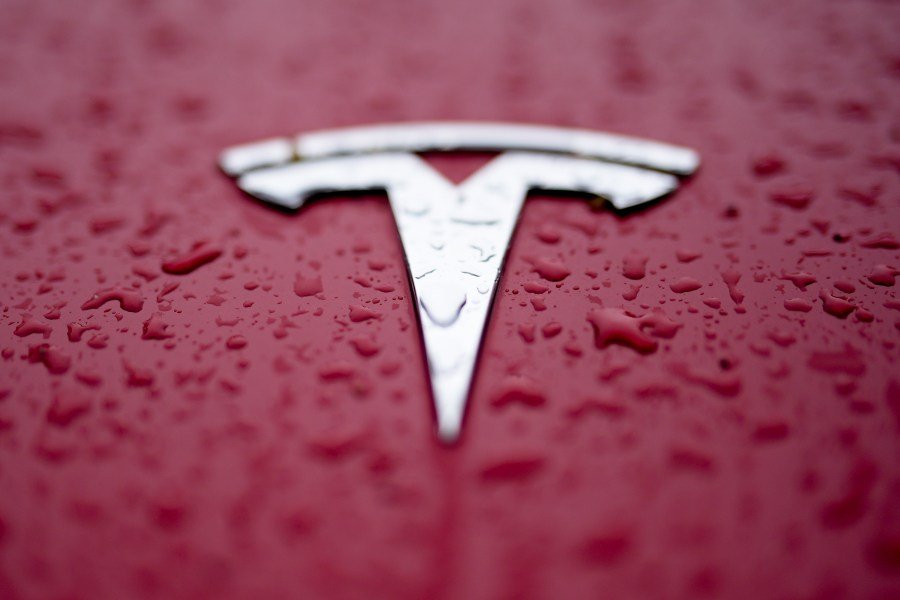AUSTIN (KXAN) — As social media posts circulate online showing one of Tesla’s robotaxi vehicles driving on South Congress Avenue, autonomous vehicle experts are reacting to the growth of the technology in the city.
Dr. Kara Kockelman, a professor at the University of Texas’ Department of Civil, Architectural and Environmental Engineering, joined KXAN News on Wednesday, just days ahead of the expected launch of Tesla’s first commercial autonomous vehicle ride-hailing service.
Referring to Austin as “Silicon Prairie,” Kockelman said the city remains a testing and proving ground for these companies because of Texas’ business-friendly conditions and the city’s buzzing technology industry. She credits the University of Texas at Austin, in large part, for that.
“We are a big university. We have amazing engineering and science and other disciplines, and so they can hire from a very talented pool here,” she said.
Kockelman said one difference between Waymo, which already runs driverless cars in Austin, and the Tesla robotaxi is that Elon Musk’s Austin-based business can produce a lot more vehicles than Waymo.
“Waymo is relying on other vendors like Jaguar and now Zeekr, which is out of China — all electric,” she explained.
“So, I see the Gigafactory producing, you know, thousands of vehicles a day, all with FSD [Full Self-Driving], and whichever share of that they want to pull off for robotax utilization, they can, so they could spread a lot faster,” Kockelman continued.
KXAN has previously reported about outstanding questions from the federal government to Tesla, about its plans to operate safely. In May, the National Highway Traffic Safety Administration asked the company to expand on how it will report crashes, comply with traffic safety laws and respond to emergencies.
KXAN reached out to see if NHTSA heard back. The agency told us on Friday that its investigation remains open and that Tesla’s response must be submitted by June 19. NHTSA said any updates will be posted in the investigation file online.
Kockelman explored certain safety features on these types of vehicles. For example, she said the vehicles are equipped with remote sensing technology, such as Light or Radio Detecting and Ranging — also known as LiDAR and radar. She also noted that Waymo vehicles know how to respond to hand signals from emergency responders and use geo-fencing technology around emergencies in order to keep vehicles out of those areas.
According to her conversations with city of Austin staff, she understands Waymo has been “very cooperative” in responding to emergencies.
“There are these protocols in place, and I hope they are there with the new Tesla fleet,” she said.
She pointed out that one benchmark Tesla needs to meet is staying about 50% below the background human crash rate to gain riders’ trust. That rate is related to human crashes in the U.S.
“We do crash a lot. In fact, our crash costs every year are about $3,000 for every human in this country, and we crash about twice as much as our peers do, even in Canada, right across the border,” Kockelman said.
She added Waymo has already passed that bar in other cities, like San Francisco, Los Angeles and Phoenix with a crash rate “about 80% less than the background human crash rate.”
Since Austin is new to Waymo, Kockelman said the city’s data could be added soon to that number.
